Will you be making new year's resolutions in January? Or maybe you already have. Most of us will be attempting to find more inspiration and enrich our cultural lives.
Exploring this idea throughout 2019, I set out to increase my art engagement activities. This was part of a self-established programme to find more work/ life balance. My intentions were clear: break the monotony and solitude of the 8 hour schedule of freelancing.
I started by planning museum and gallery trips as part of my mental health routine. Exercise and meditation are also beneficial mechanisms and useful ways of making sure I managed the work/life balance, but these activities still meant I was restricted to my home. It is hard to split work from home time when it all happens in the same physical space. Taking time to plan inspirational activities outside my work environment was important.
Here are some collated tips I have found useful during 2019 that helped me achieve more cultural activities and lead a healthier life:
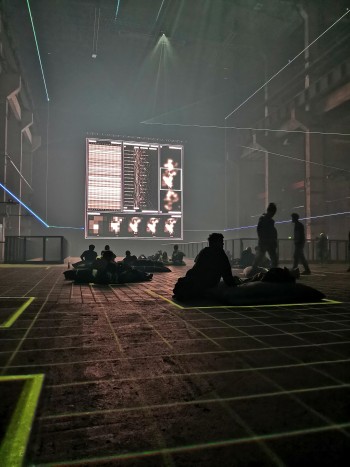
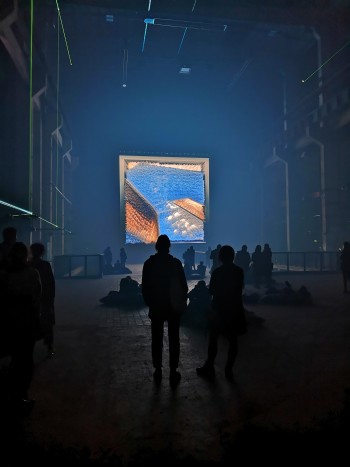
On finding motivation.
This is the hard part, as with anything new. The initial get-up-and-go change in attitude is a process and happens gradually. I found that pre-planning and making lunch plans is what kept me going out and actually going to see more art. I gave myself 15 minutes to plan an art trip once per week. It helps if you share your intention with someone, and ask them to visit a gallery with you. I started to pencil things in the diary. I treated this activity as I would professional work, and treated it with the same importance. I know that art helps me soothe my otherwise very focused and active brain, so I know it was important to make time for this. As a system, this worked for me. If you know what makes you slow down and take note of your surroundings, plan this activity and weave it into your day.
To see new artists or find new shows to visit, I usually rely on platforms such as artfund.org to find out what is happening in my city. Each city is different, but the Time Out website is a good start, similarly most city guides will be an excellent place to find information.
On moving.
Travel time is very precious. If you travel on public transport, this is a great time to do some mental planning. Like meditation, taking time to think things through and come up with a route to the gallery or museum is a great way to prepare for a pleasurable day. I found it easier to think if my body is in motion.
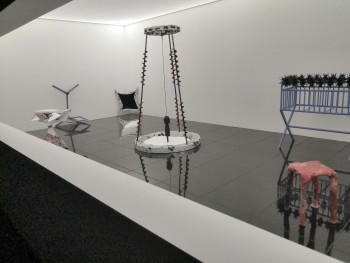
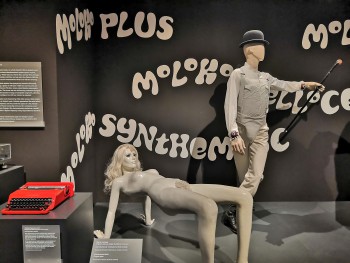
Shared experience.
Usually, anything we do with company is a bit more powerful as an experience, like travel or dining, and has a lasting effect, building on memories and relationships. Cultural outings are just as pleasant when we mix them with socialising. Having another person to share the experience will create lasting bonds, and learning about art becomes elevated.
Breathing space.
The actual and physical change in setting and environment had great benefits for not feeling trapped and pressured to be productive. Galleries and museums are usually quiet, so you might feel calmer, and more inclined to reflect. Seeing the art is only part of the experience, being present in the presence of art is another. As urban dwellers we rarely spend time in large open spaces, so spending time in a different setting will most likely have a positive effect on your mood.
This is also very good news for your attention span and focus levels as mood is directly related to concentration levels.
A good tip to avoid getting a device out in the first 3 minutes of visiting a gallery is to go round twice. Once to just look and establish which pieces spark interest, and then the second time to document those pieces. This shifts the focus on the enjoyment of the experience, not the documentation of the experience.
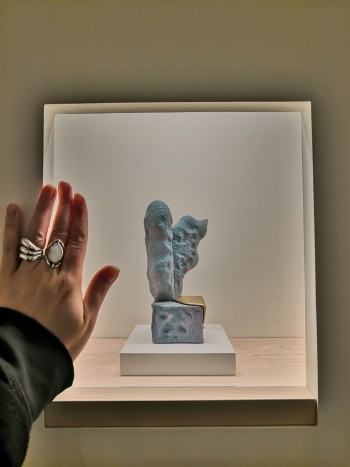
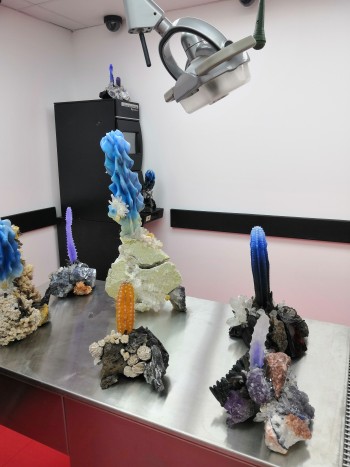
Art is not scary or hard.
Claude Monet puts this so beautifully: 'Everyone discusses my art and pretends to understand as if it were necessary to understand when it is simply necessary to love.'
Art can be hard to understand at times, especially if it is conceptual, reading up about it before the visit helps make sense of the abstract . Another more interesting way of finding out about artists is talking to the gallerist. This sounds scary but it is their job to educate and inspire, and anything they know about the artists will be more than can be found online. Trying to spend time with creative work curated by the community can also be beneficial to mental health. All major cities will have programmes that focus on art therapy or do guided tours of exhibitions. These could also be a great space to give back to the community and volunteer with one of the arts programmes in your area.
With these ideas in mind, I have given more priority to cultural activities during 2019, and made an effort to keep a good balance between a busy schedule and useful leisure time. Hoping these notes help you start thinking about what makes you happy and how to go about bringing more of that into your life.
Images in this article are from various recent exhibitions, from top to bottom:
Inside Transformer, A Rebirth of Wonder at 180 The Strand, London
Refik Anadol, Latent Being at Kraftwerk, Berlin
Stanley Kubrick at the Design Museum, London
Jonah Freeman + Justin Lowe, COLONY SOUND, at Marlborough, London


